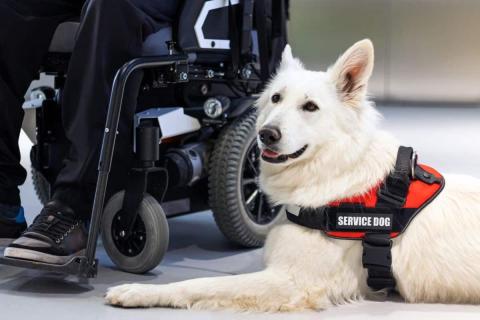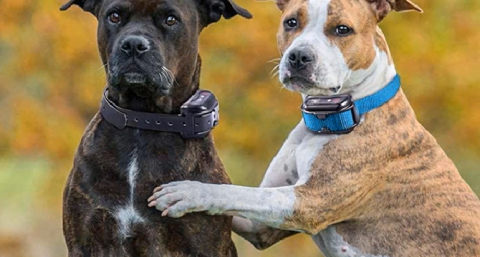
Published on February 13 by Julia
Service dogs play a crucial role in assisting individuals with disabilities, offering support that enhances independence and quality of life. Proper training is essential to ensure that a service dog can perform tasks reliably and behave appropriately in various environments. Whether you are considering training a service dog yourself or working with a professional trainer, here are the key aspects you need to know.
Service dogs are specifically trained to perform tasks that mitigate a person's disability. Unlike emotional support animals or therapy dogs, service dogs are legally recognized under the Americans with Disabilities Act (ADA) and are granted public access rights.
Not every dog is suited to be a service dog. Ideal candidates should exhibit:
Popular breeds for service dog work include Labrador Retrievers, Golden Retrievers, German Shepherds, and Poodles, but other breeds may also be suitable based on the individual’s needs.

Before beginning specialized training, a service dog must master basic obedience skills, such as:
Service dogs are trained to perform specific tasks tailored to their handler’s disability. Common tasks include:
Service dogs must be well-behaved in various public settings, including stores, restaurants, and public transportation. They should:
The ADA does not require service dogs to be certified, but some organizations offer voluntary certifications to demonstrate a dog’s training level. Handlers should also be aware of laws regarding public access rights and the responsibilities that come with owning a service dog.

Training is an ongoing process. Regular reinforcement of skills and occasional retraining sessions are necessary to maintain a service dog's proficiency. Handlers should also ensure their dogs receive proper veterinary care, nutrition, and exercise to keep them in optimal condition.
Training a service dog is a time-intensive process that requires patience, consistency, and dedication. Whether done independently or with a professional trainer, the goal is to create a reliable working partnership between the dog and handler. A well-trained service dog can significantly improve the quality of life for individuals with disabilities, offering both assistance and companionship.
Discover More Content





